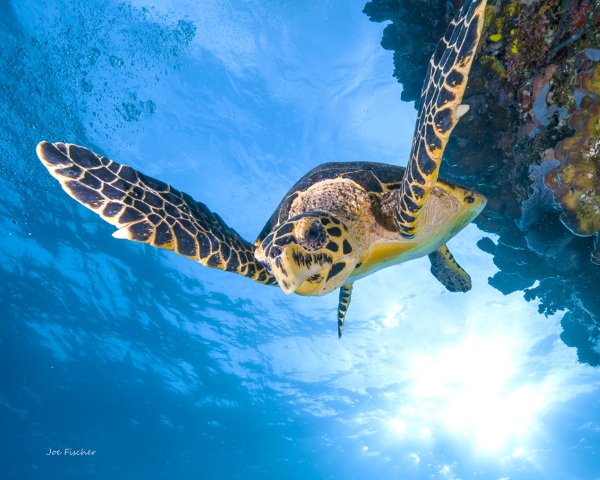The gallery combines the beauty and unpredictability of wildlife and nature.
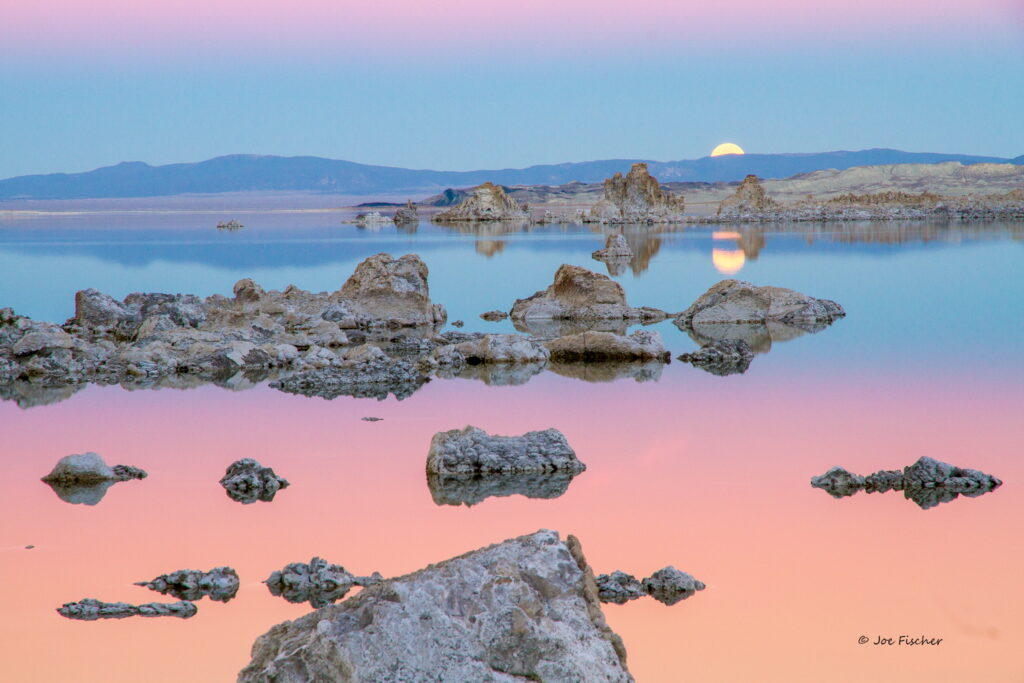
California is a paradise for nature and bird photographers alike. With it’s changing seasons and proximity to the Pacific ocean and Sierra mountains, California offers year-round photo opportunities.
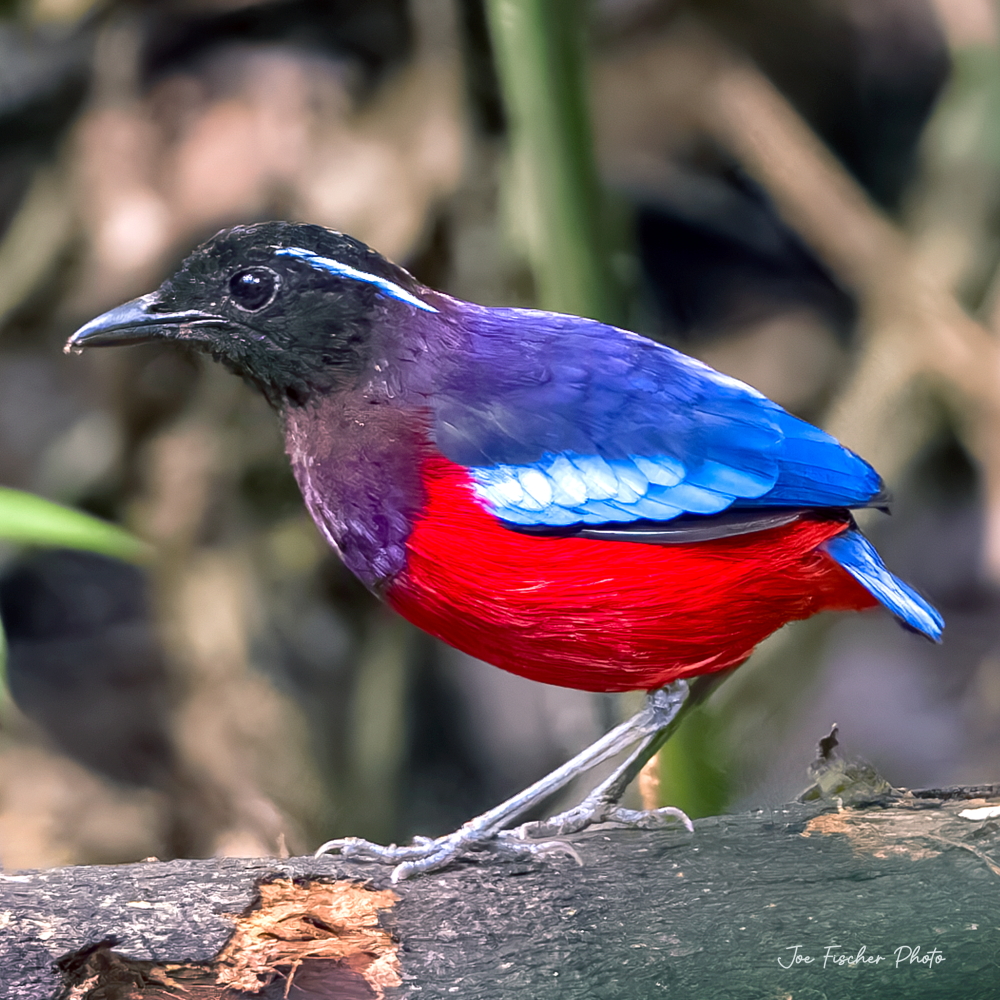
Borneo, the third largest island in the world, has a rich and diverse wildlife that has fascinated nature enthusiasts for centuries. It’s known for endangered species, particularly its primates.
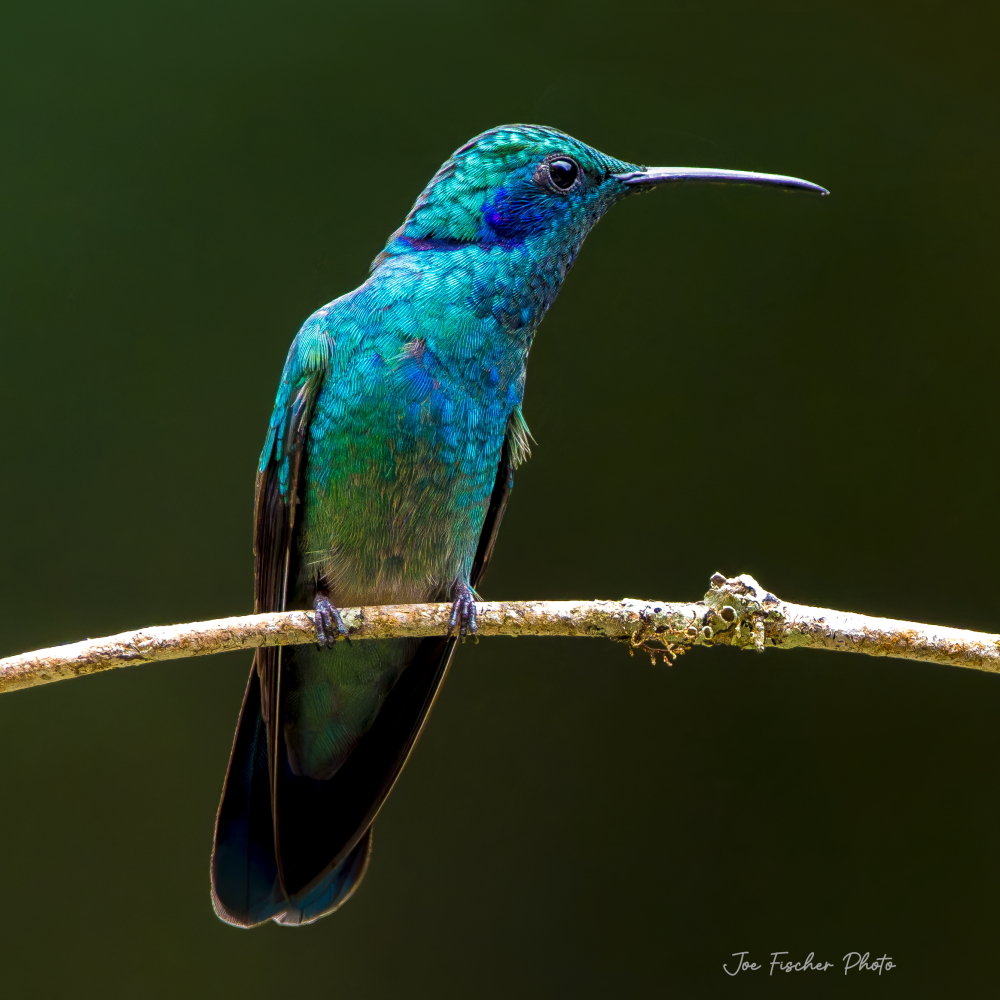
Costa Rica is a hot spot for birds and wildlife, boasting extraordinary biodiversity as a result of its unique position as a land bridge between North and South America.
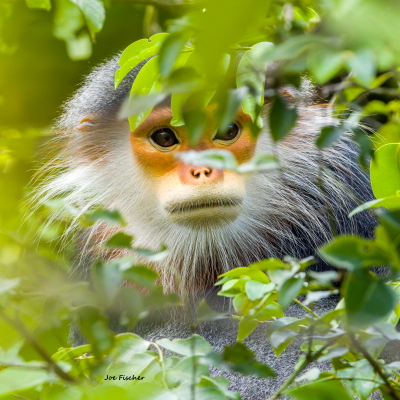
Vietnam is home to several critically endangered species of primates. These unique, harmless creatures face severe threats due to habitat loss, hunting, and the illegal wildlife trade.

The California Pacific Flyway is a major migratory corridor for birds that extends from Alaska to Patagonia. Each year millions of birds make their way to the California wetlands.
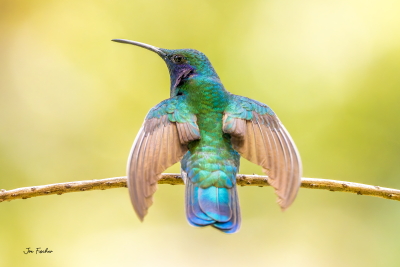
Costa Rica is a haven for hummingbird enthusiasts. Boasting over 50 species of these small, vibrant birds. The country’s varied landscapes provides ideal habitats for hummingbirds year-round.

